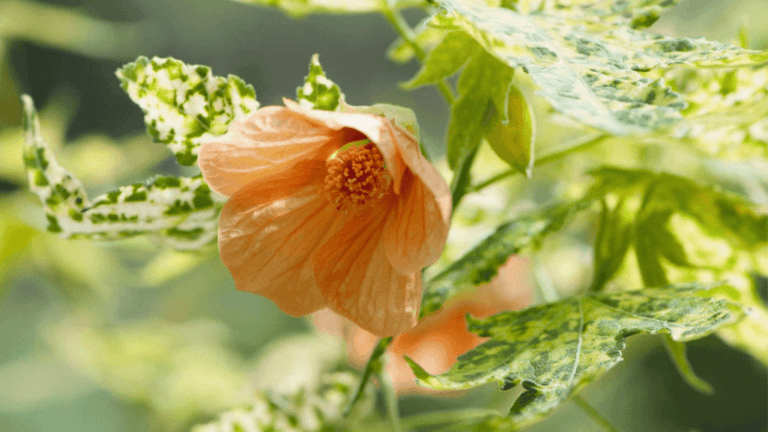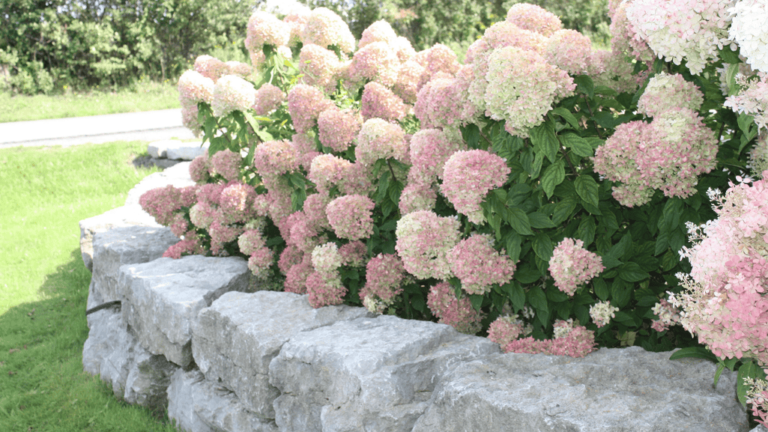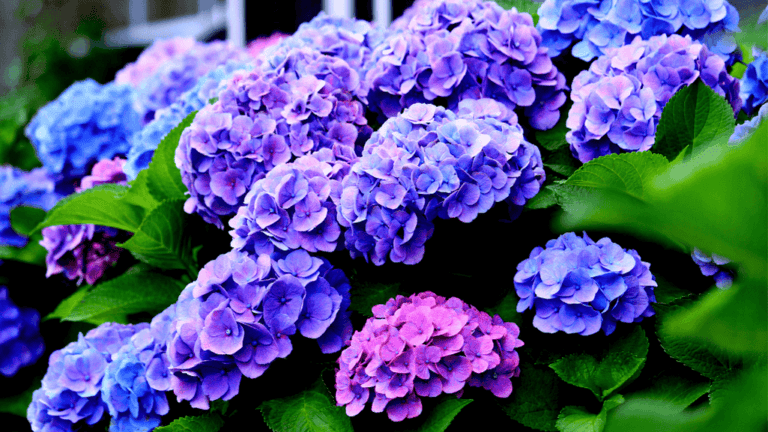Beautiful flowers gardenia Plants For Your homes

The Alstroemeria plant, also known as the Peruvian Lily or Lily of the Incas, adds color to any garden. It’s a favorite for its bright flowers. This guide will show you how to care for Alstroemeria, so you get beautiful flowers from early summer to fall.
With over 120 species, Alstroemeria comes in many colors like yellow, orange, red, white, pink, and purple. They symbolize love and friendship. They’re perfect for gardens in warm areas (zones 7-10) and their flowers last a long time, making them great for your home.
Alstroemeria loves acidic, well-drained soil rich in organic matter. They grow to different heights and spreads. With the right care, like regular watering and deadheading, they’ll keep producing beautiful flowers all summer.
Key Takeaways
- Provide enriched, well-draining soil and consistent moisture for your Alstroemeria plant.
- Select a variety suited to your garden size and climate zone to ensure robust health and vibrant blooms.
- Understand the sunlight and temperature preferences of Alstroemeria to guarantee a flourishing growth season.
- Stay vigilant about pests and diseases to maintain the vitality of your Alstroemeria.
- Deadheading and proper aftercare will extend your Alstroemeria’s blooming period and overall lifespan.
- Be mindful of the plant’s mild toxicity when placing it around pets and children.
Understanding the Alstroemeria Plant
The Alstroemeria is known for its bright flowers, similar to lilies. It’s a tuberous perennial from South America. This plant has become popular worldwide for its long-lasting flowers and variety of colors. It’s a key part of the Alstroemeriaceae family and shows the beauty of South America’s plants.
Alstroemeria is loved by gardeners and florists for its many varieties. Its flowers can last up to two weeks in a vase, making them perfect for decorating homes and offices. Let’s explore why Alstroemeria is a favorite among florists.
| Growth Aspect | Details |
|---|---|
| Planting Time | Spring, early summer, or fall, with temperatures between 40 and 68°F |
| Soil Preparation | A mixture of compost, finely ground bark, or composted manure to prevent waterlogging |
| Watering Needs | Generous during active growth; light during winter to allow rest |
| Fertilization | Weekly with high potassium fertilizer during growing season |
| Winter Hardiness | Zones 8–10; in zone 7B protect with 3–4″ of leaves or pine needles |
Alstroemeria flowers come in different colors, each with its own meaning. Yellow represents hope, while red shows deep feelings. This makes Alstroemerias perfect for sending messages on special occasions.
In conclusion, the Alstroemeria is a tough and lively plant that fits well with its care needs. This plant from South America not only brightens up spaces but also grows well with the right care.
Alstroemeria
The Alstroemeria plant is known for its tough nature and bright flowers. It comes from South America, mainly Chile and Brazil. This plant is often called the “Lily of the Incas.” It brings together history, beauty, and many colors in its flowers.
Origin and Botanical Background
The Alstroemeria origin is from South American flowers. It grows well in cooler highlands and warmer lowlands. Claus von Alstromer, a Swedish baron, found the flower in the 18th century.
Alstroemerias are known for their unique look and how well they adapt. The plant can last up to two weeks in a vase. Its leaves twist as they grow, making the underside face upwards.
Symbolism and Popular Varieties
Alstroemeria symbolizes strong friendship, support, and chasing dreams. It’s a great choice for weddings and anniversaries. There are over 120 Alstroemeria varieties, but INCA OCEAN® is special with its bright orange and peach colors.
This variety is perfect for container gardens because it grows compactly. Gardeners in many climates can grow Alstroemeria. For tips on tropical gardening, check out the benefits of a warm, humid climate for plants.
Alstroemeria does well in sunny spots or partial shade. It likes moderate moisture and does well with mulch, especially in cooler areas where it’s grown as a tender perennial.
Selecting Your Alstroemeria Variety
Choosing the right Alstroemeria can make your garden bright and beautiful. Look at three main types: Alstroemeria Bali, Alstroemeria Indian Summer, and Alstroemeria Inca Ice. Each one adds special colors and features to your garden.
Bali: A Compact Burst of Color
The Alstroemeria Bali shines with its golden-apricot flowers. They have red and mahogany streaks, catching the eye. It’s perfect for small gardens because it grows compactly but still makes a big impact.
Indian Summer: Bring Butterflies to Your Garden
Alstroemeria Indian Summer has copper-orange petals that draw butterflies and admirers. It does well in full sun or partial shade. This makes it versatile for different garden spots.
Inca Ice: Cool Hues for Warm Climates
Alstroemeria Inca Ice is known for its creamy yellow petals with burgundy streaks. It’s great as a border plant. Its slender leaves and strong flowers are perfect for warm climates.
| Variety | Flower Color | Ideal For | Height | Flowering Season |
|---|---|---|---|---|
| Alstroemeria Bali | Golden-Apricot | Compact Gardens/Pots | 30cm – 45cm | Summer-Autumn |
| Alstroemeria Indian Summer | Copper-Orange | Butterfly Gardens | Up to 1m | Summer |
| Alstroemeria Inca Ice | Creamy Yellow | Border Plants | 45cm – 60cm | Summer-Autumn |
How to Plant Alstroemeria for Optimal Growth
Starting with planting Alstroemeria needs both knowledge and practice for best results. Alstroemeria is great for perennial gardening because of its beautiful colors and long blooms. Here’s a guide for those new to planting Alstroemeria.
- Choosing the Right Time and Place: Plant Alstroemeria in spring to give them a head start. They grow best in full sun, so choose a spot that gets lots of sunlight.
- Soil Preparation: Good drainage and fertility are key. Aim for a pH between 5.5 and 6.3. Adding organic matter helps the soil.
- Planting Technique: Plant about 1.5 to 2 feet apart, considering the plant’s size at maturity. For potted plants, put rhizomes six inches deep in good potting compost.
For more tips on Alstroemeria and other perennials, check out resources on planting and seasonal care.
Maintaining Your Alstroemeria: After planting, keep the soil moist and feed with a high-nitrogen fertilizer. Watch out for pests like snails, slugs, and aphids to keep your plants healthy.
Use stakes for tall plants to protect them from wind and rain. With proper care, Alstroemeria can make your garden look great, offering beautiful flowers for a long time.
Alstroemeria is not just pretty in your garden but also great for cut flowers. They stay beautiful in vases for weeks. By following these Alstroemeria growth tips, your garden will be full of color and life.
Sunlight Preferences of Alstroemeria
Understanding what Alstroemeria needs in sunlight is key for optimal blooming. These plants love specific light conditions, which affect their health and flower color. Proper sunlight care boosts Alstroemeria care and keeps the plants looking great.
Full Morning Sun for Best Blooms
Full morning sun is perfect for Alstroemeria. This sunlight helps them grow strong and bloom well. It’s important for optimal blooming, making their flowers bright and beautiful. Gardeners should give their Alstroemerias a few hours of morning sun for best results.
Understanding the Importance of Partial Afternoon Shade
While full morning sun is good, the afternoon sun can harm Alstroemeria. To protect them, provide partial afternoon shade. Use canopies or tall plants to filter the sun. This keeps the plants safe during the hottest part of the day, keeping their leaves healthy and blooms colorful.
| Feature | Importance | Details |
|---|---|---|
| Full Morning Sun | Essential for growth | Activates vital processes and ensures energetic start |
| Partial Afternoon Shade | Protects from heat | Prevents leaf scorch and prolongs bloom life |
| Overall Sunlight Balance | Crucial for health | Combines benefits of sun and shade for vibrant, healthy Alstroemerias |
Getting the right balance of Alstroemeria sunlight is key. It ensures optimal blooming and improves Alstroemeria care. By watching and adjusting the sun exposure for Alstroemeria, gardeners can enjoy beautiful, healthy plants all season.
Watering and Feeding Your Alstroemeria
Learning how to water and feed your Alstroemeria is key to keeping them healthy. Proper watering helps roots grow strong and keeps your garden bright with Alstroemeria flowers. Knowing when and what to feed them makes your garden colorful and full of life.
Regular Watering Schedule for Healthy Plants
It’s crucial to water your Alstroemerias right, especially when they’re new. Once they’re settled, they need about 1 inch of water each week. This keeps them growing well. But, be careful not to overwater, as it can cause root rot diseases like Pythium and Rhizoctonia.
These diseases can harm your plants. The best approach is to keep the soil moist but not soaked. Adjust watering based on the weather or how dry the soil is.
Fertilizing Techniques for Continued Vibrancy
To keep your Alstroemeria looking great, feed them regularly with high potash fertilizers. Use tomato feed every week when they’re growing. This helps them grow more vibrant Alstroemeria flowers and keeps them blooming.
Start with a spring feeding of a general-purpose fertilizer. Then, add more in midsummer and early autumn. This keeps your plants well-nourished all season.
| Disease | Sign | Preventive Measure |
|---|---|---|
| Pythium root rot | Waterlogged, soggy soil | Ensure proper drainage, avoid overwatering |
| Rhizoctonia root rot | Wilting leaves, dry stems | Keep soil moist but not wet, monitor irrigation |
| Botrytis blight (Gray mold) | Gray-brown spores on damp days | Reduce humidity around plants, enhance air circulation |
By taking care of your Alstroemeria watering and feeding them well, you help them grow strong. This care stops diseases and makes sure they bloom beautifully every year.
Temperature and Weather Considerations
Understanding and managing the Alstroemeria temperature range and frost protection is key to growing these plants. These factors help keep the plant healthy and blooming well.
Best Temperatures for Planting and Growth
Choosing the right time to plant Alstroemeria is crucial. Spring and autumn with temperatures between 65-80°F are best. Avoid the summer heat by using greenhouses or shade cloths.
Overwintering Techniques for Colder Climates
In cold areas, Alstroemeria overwintering is vital. Mulching helps protect the soil and roots from freezing. For potted plants, bring them inside or to a greenhouse in winter.
This advice is key for cold climate gardening. It shows how to protect sensitive perennials during winter.
| Condition | Impact on Alstroemeria | Recommended Action |
|---|---|---|
| Temperatures below 65°F | Increased risk of frost damage | Apply mulch, move pots indoors |
| Temperatures above 80°F | Can inhibit flowering, cause stress | Utilize greenhouses, shade cloths |
For more tips on growing these lovely flowers, check out this guide on Peruvian lilies. Also, learn about gardening privacy policies to understand how your gardening data is handled and protected.
Pests, Diseases, and Alstroemeria Toxicity
Alstroemeria is loved for its bright flowers but faces problems from pests and diseases. These issues can hurt its health and looks. It’s key to use garden pest management and disease control to keep Alstroemeria plants healthy.
Common Pests and How to Combat Them
Pests like aphids, slugs, spider mites, and thrips can harm Alstroemeria. They can spread diseases too. It’s important to manage these pests well.
Check your plants often and remove any damaged parts. If pests are a big problem, use organic pesticides. This helps protect the environment and keeps good insects around.
Managing Fungal Diseases in Alstroemeria
Alstroemeria fungal diseases are big problems, like Pythium root rot and Botrytis blight. These diseases love moist soil and can be stopped by good drainage and plant spacing.
Using fungicides can help prevent these diseases, especially when it’s wet for a long time. This makes your garden safer.
Toxicity Concerns for Pets and Humans
Alstroemeria isn’t very toxic, but it’s good to be careful. The plant can cause allergic reactions and skin irritation. So, wear gloves when you work with it and keep pets away.
This keeps everyone safe in your home. It makes your garden a safe place for all.
Knowing about these problems and how to fix them helps your Alstroemeria grow well. It adds color and life to your garden. Using garden pest management and garden disease control keeps your plants healthy. It also makes your garden more beautiful and full of life.
Repotting, Propagation, and Aftercare
For those who love the Alstroemeria, or Peruvian lily, knowing how to repot Alstroemeria, propagate Alstroemeria, and take good care of Alstroemeria is crucial. These steps are key to keeping them looking great. Whether your plant needs a bigger pot or you want more flowers, each step is important for its health and looks.
Repotting Alstroemeria is needed when roots start coming out of the pot or there are fewer flowers. This means the plant needs more room and nutrients. Use pots that keep moisture but also drain well, like terracotta or plastic, based on how often you water and where you put the plant.
Propagating Alstroemeria helps grow your garden or refresh an old plant. You can do this by dividing the roots or taking cuttings. Make sure each piece has roots and shoots to grow well and bloom next year.
Alstroemeria aftercare means watering right and knowing what the plant needs in different weather. New plants need careful watering to prevent root rot. Older plants do well with regular deadheading to keep blooming longer.
For more tips on caring for these lovely flowers, check out the Alstroemeria growing guide.
| Pot Material | Benefits | Considerations |
|---|---|---|
| Terracotta | Enhances breathability and drainage | Requires frequent watering |
| Plastic | Retains moisture well | May necessitate relocation during extreme temperatures |
| Ceramic | Attractive and sturdy | Can hold excess water, potential for overwatering |
Key tips for aftercare include watching the watering based on the season and choosing the right pot material. This fits the environment and how much care you can give. Taking a full care approach will keep your Alstroemerias healthy, colorful, and a lasting part of your garden.
Conclusion
To grow a flourishing Alstroemeria garden, garden lovers need to focus on perennial flower care. Alstroemeria comes from South America and has over 120 species and hybrids. These plants, like ‘Princess Lilies’ and ‘Inticancha’, are great for gardens because they fit many climates and draw in pollinators.
For Alstroemeria to thrive, it needs the right care. This means getting the balance right with sunlight, water, soil, and temperature. A story tells of a 10 by 10-foot bed that got so full of Alstroemeria it made four garden tubs of tubers. This shows how well these plants can grow.
Looking into the symbolism and significance of Alstroemeria reveals its deep cultural value. It’s celebrated for its beauty in flowers and has won awards from the Royal Horticultural Society. With expert advice and the right care, gardeners can have a beautiful Alstroemeria garden that’s full of life and color all year.


























